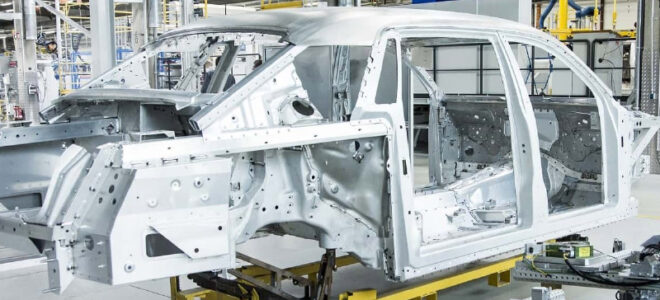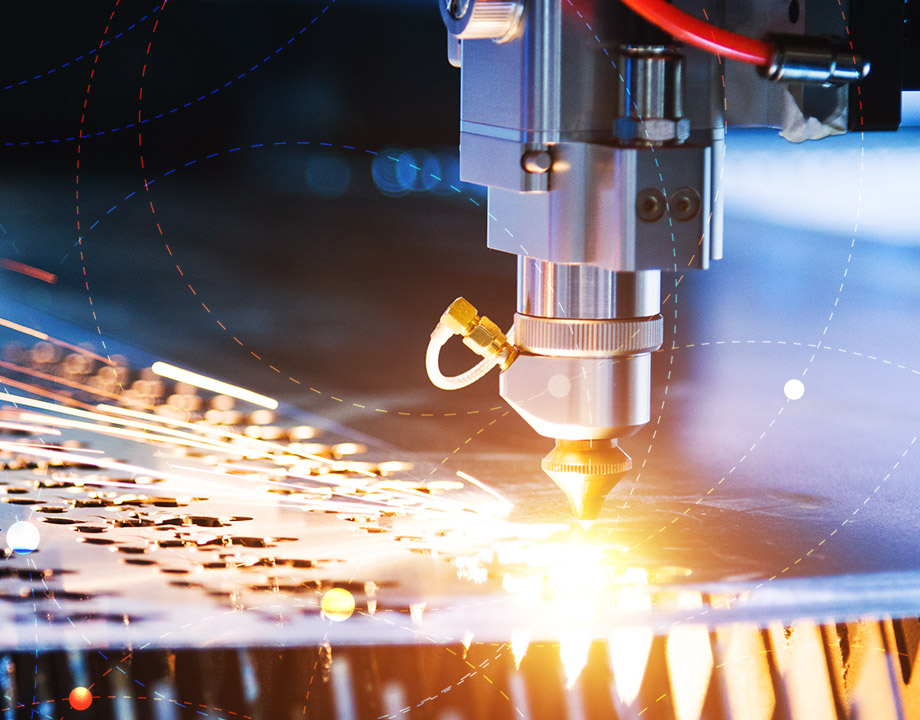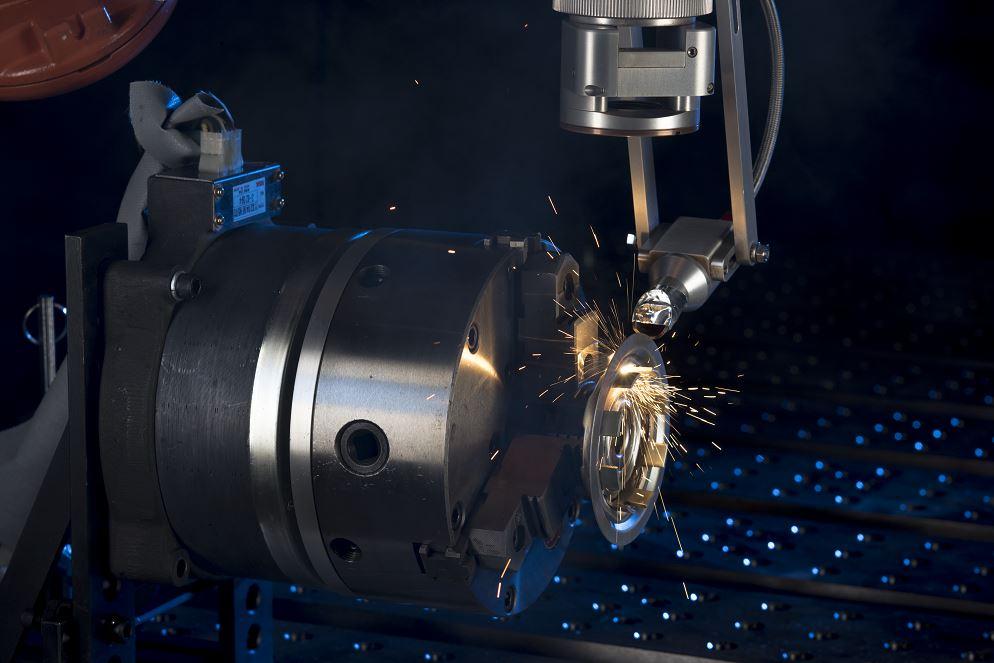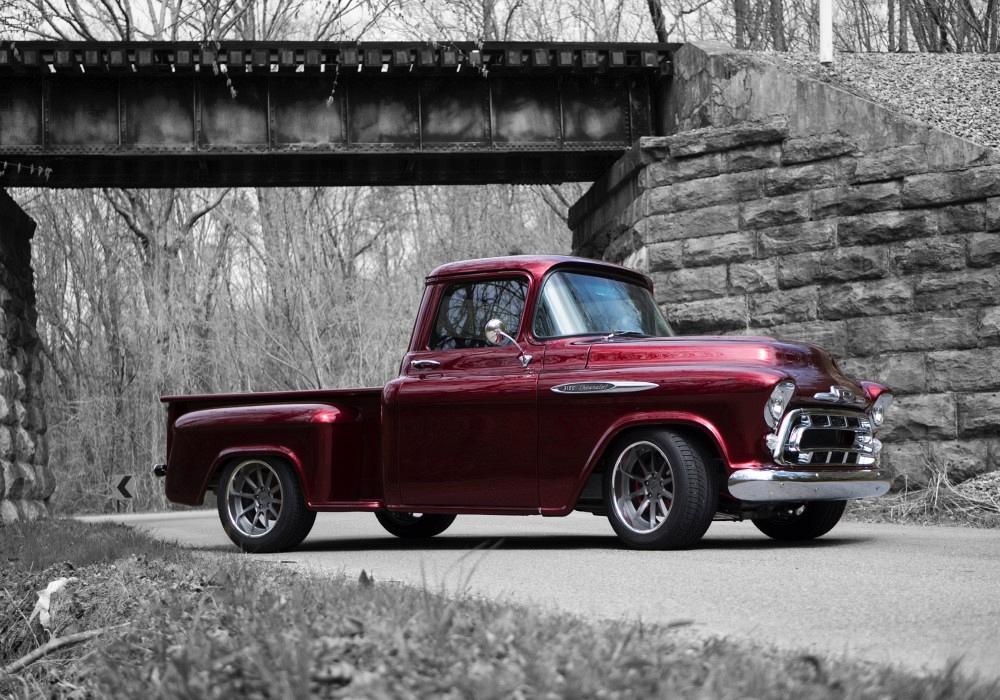
Car manufacturing has come a long way in recent years, with new technologies such as laser cutting playing an ever-increasing role. Laser cutting is a precise and efficient process that can be used to create intricate parts from thin sheet metal or plastics.
In this article, we will explore the applications of laser cutting in car manufacturing and how it has revolutionized the industry. We will examine the advantages of laser cutting over traditional methods, as well as some potential drawbacks.
Finally, we will look at how this technology is likely to shape the future of car manufacturing.
Laser Cutting Technology in Car Manufacturing

Source: www.asme.org
Laser-cutting technology is revolutionizing the car manufacturing industry. This powerful technology allows for precise and complex designs to be cut out from a range of materials, making it a great choice for building parts of cars.
Automakers are increasingly turning to laser cutting to reduce costs, increase production speed, and create more intricate products than ever before. Laser-cut parts often require fewer steps during the assembly process than traditional methods do, saving time and money in the long run.
By using this advanced technology, automakers can build cars faster with greater precision and quality control standards than ever before. With its ability to precisely cut through metal sheets quickly and accurately, laser cutting has allowed automotive manufacturers to meet the demands of a rapidly evolving market while maintaining high levels of safety and quality assurance along the way.
Key Considerations When Choosing a Laser Cutter for Auto-Part Manufacturing

Source: www.thefabricator.com
When it comes to choosing a laser cutter for auto-part manufacturing, there are several key considerations to take into account. Firstly, the size of your operation should be considered: will you need a large-scale machine that can handle multiple parts at once, or something smaller and more lightweight? The speed of processing is another important factor – if production needs to happen quickly and in high volumes then a faster laser may be beneficial.
Additionally, safety features such as guards on moving parts should also be looked for when considering different models. Finally, the cost must be taken into consideration; although higher quality lasers tend to have higher prices, they often come with longer warranties and require less maintenance over their lifespan.
With all these factors in mind, selecting the right laser cutter for auto parts manufacturing can become much easier and ensure superior results every time.
Applications of Laser Cutting in Car Body Assembly and Restoration
The applications of laser cutting in car body assembly and restoration are immense. Laser-cutting technology can be used by car companies or PCB manufacturers like FS PCBA to craft intricate details on the body of cars and parts, from small notches for key components of a printed circuit assembly to complex shapes crafted with precision and accuracy.
This technology also helps reduce the time required for car body construction and repair by allowing custom designs to be cut out quickly without having to rework parts that don’t fit precisely. With laser cutting, it is possible to create a replica of a damaged component or add new elements like spoilers or window trims with ease.
Furthermore, lasers can be used for spot welding and other necessary repairs during car manufacturing processes as well as restoring classic cars to their original condition without damaging existing features. All in all, laser cutting is a powerful tool when it comes to both constructing new cars as well as restoring old vehicles; its advanced capabilities make it invaluable in any automotive production line.

Source: www.thefabricator.com
Conclusion
Car manufacturing is a complex process that requires precision and accuracy, making laser cutting machines an integral part of the production line. Laser-cutting technology offers numerous benefits to car manufacturers including increased efficiency, improved productivity, and greater accuracy in producing parts for cars.
The use of laser cutters allows for precise cuts on a variety of materials such as metal, plastic, wood, composites, and more. This makes it possible to produce high-quality components quickly and economically with minimal wastage.
Additionally, the use of lasers ensures uniformity in each component produced which further improves the overall quality standard of car parts manufactured by companies using this technology. In conclusion, laser-cutting machines offer various advantages over traditional fabrication methods when used in car manufacturing due to their ability to provide clean cuts at consistent speeds with minimal material waste



